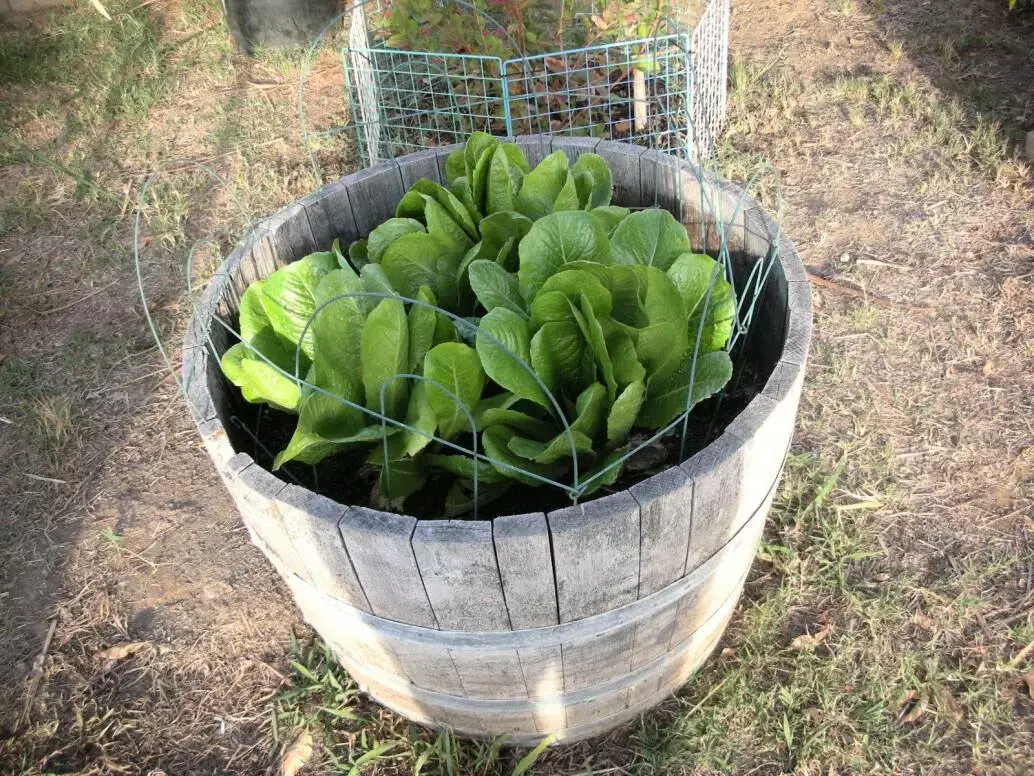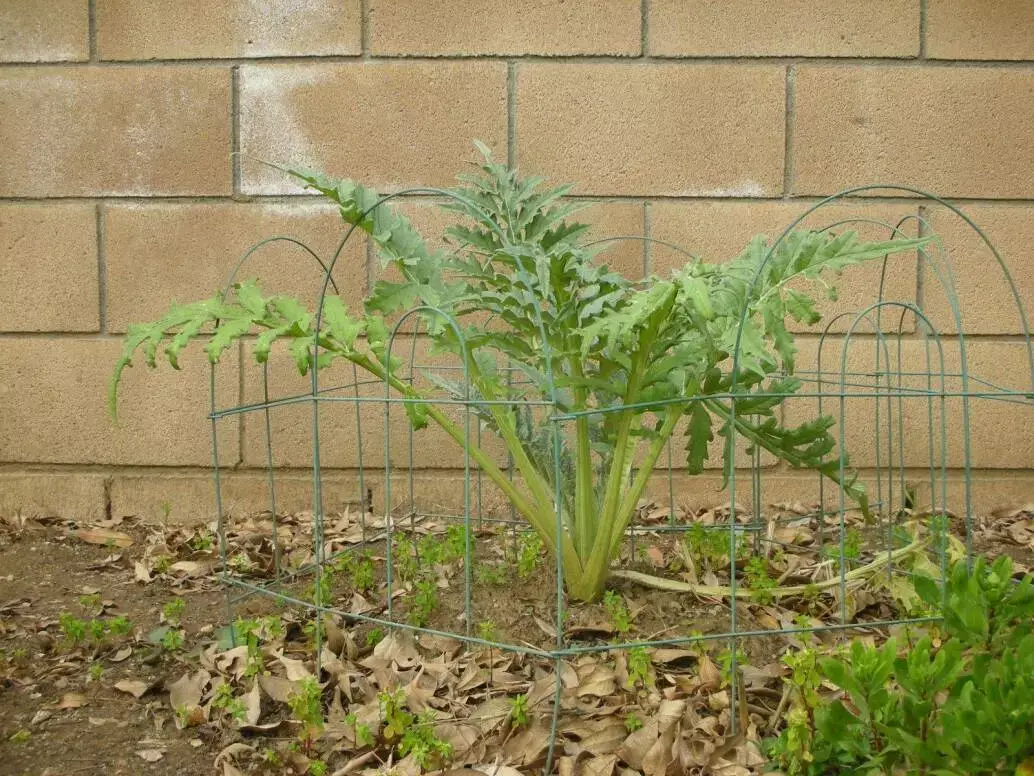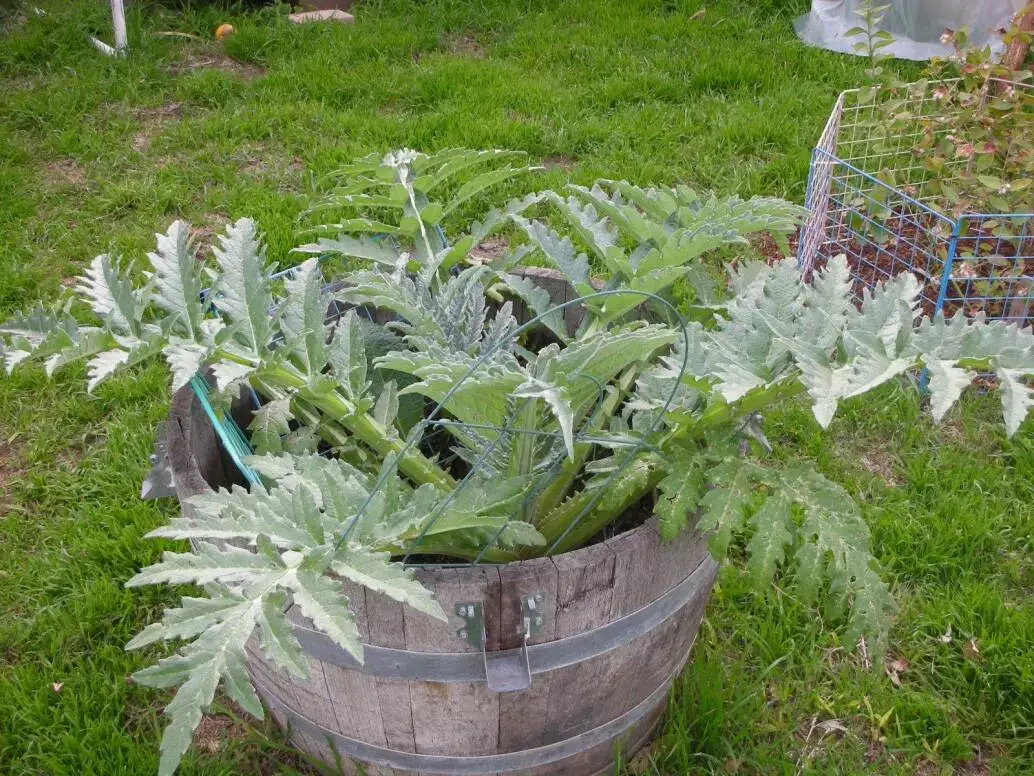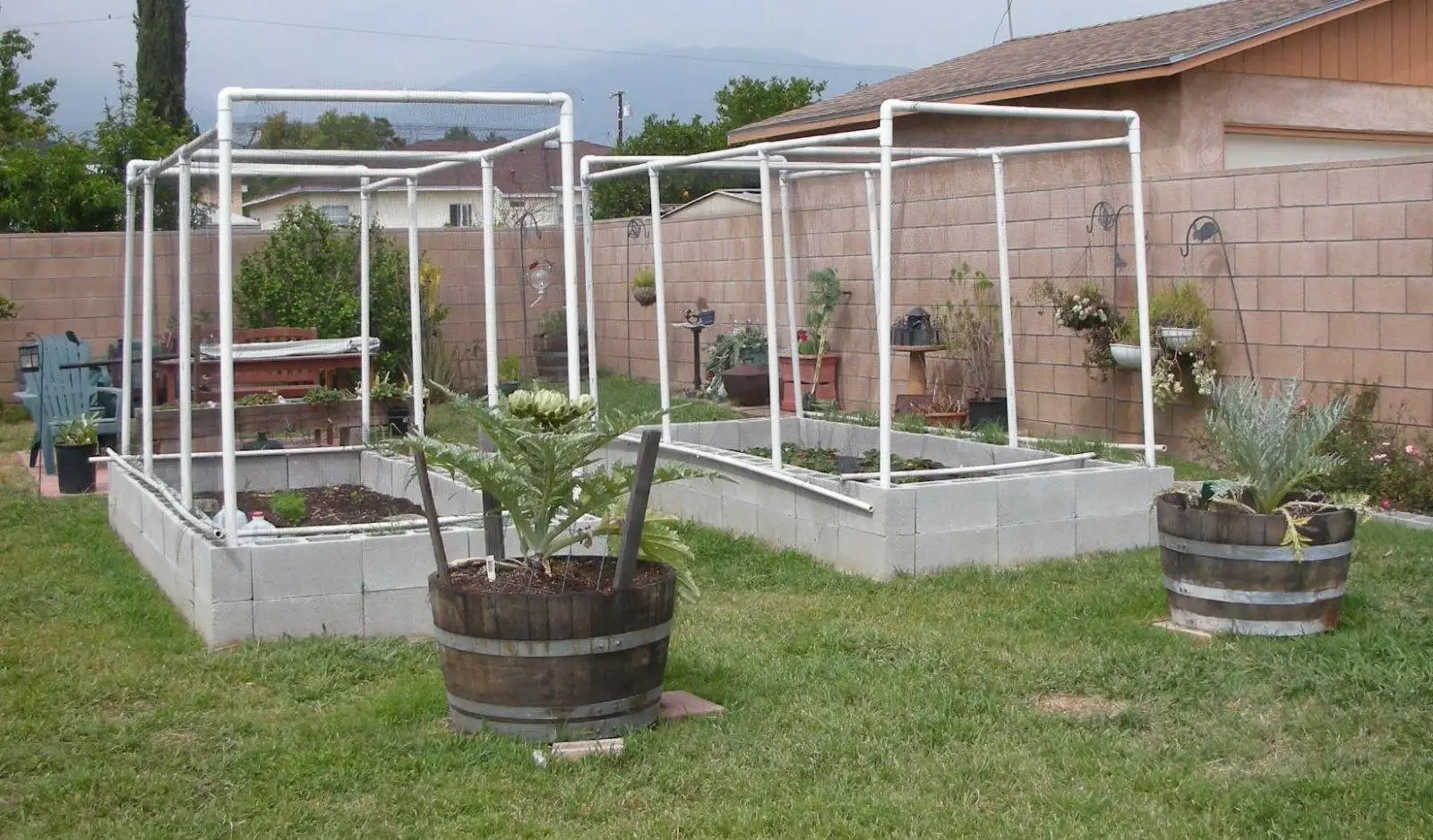Garden Growing Experiments
We are continually using our garden growing experiments to talk about how successful or unsuccessful they are. The experiments are using various plants, growing mediums, and planting schedules. In 2006, I quit planting in the ground. My back was killing me, and getting up and down was beginning to get tricky. I figured enough was enough, and if I wanted fresh veggies, I would go to the local farmers’ market and purchase what I needed.
The experience was disappointing. What took me over the top were the strawberries. I couldn’t believe that somehow they were all the same color: a nice, almost an iridescent red. Later I found out why—they were dying the strawberries!
I know apples are waxed as a preservative, as are other fruits and vegetables. But dye at a farmers market! Come on. It was a turning point for me to find a better widget, a better way to grow food without all the problems with the dirt, an aging body, and my love of fresh fruits and vegetables.
I checked the web to find other solutions to growing a garden. I came across many methods that seemed to work, but I found one that works after trying most of them in various forms! The secret is in the growing medium. The use of alfalfa, straw, and compost intrigued me. I gave it a try, and the following is what happened.
To keep expenses down, I used a half oak barrel. At the time, I could pick them up for under $20. I followed the formula and was amazed and delighted. I planted three romaine lettuce plants and waited to see what happened. To my surprise, the plants took off. One day I noticed I had five heads rather than the three I’d planted. A few days later, I saw two more lettuce heads had appeared.

This seemed unbelievable. I know if you cut the heads off early, they will generate more heads. I hadn’t cut the lettuce heads off because I was picking leaves. I figured if I’d take just a few leaves at a time, there would be plenty of lettuce for a while. It became apparent that this system really worked.
My next experiment before going full scale was artichokes. Purchasing three artichoke plants was a way to test the system. I put two in the ground and one in the mix.


As you have noticed, the barrel’s artichoke grew significantly larger than the ones in the ground. The only explanation is that the system worked. I dug up the other two and planted them into half oak barrels.

Now the story gets interesting. The rule of thumb is you get one crop of artichokes per year. The plants go dormant after harvest.
However, since these artichokes had consumed so much of the mix of compost, straw, and alfalfa, I decided to pop out the plants and refresh them. Lo and behold! The plants started taking off again. Yes, it is true. This time the plants grew three stalks and produced nine artichokes from each plant rather than the typical three from the original crop.
Oh, what a delight artichokes are on the barbecue!
